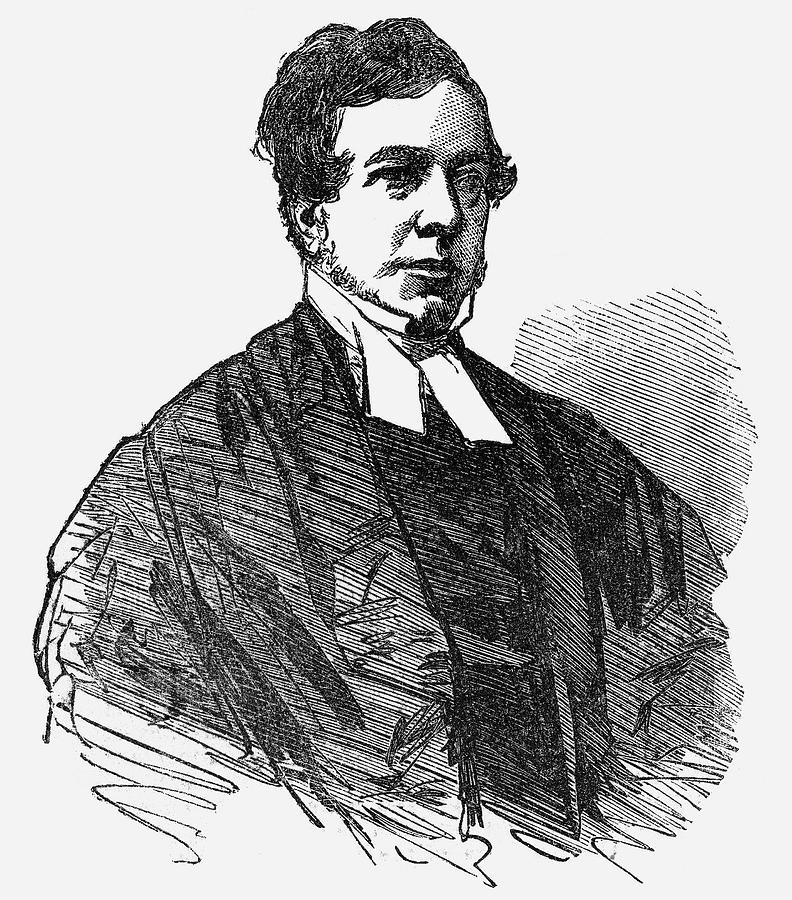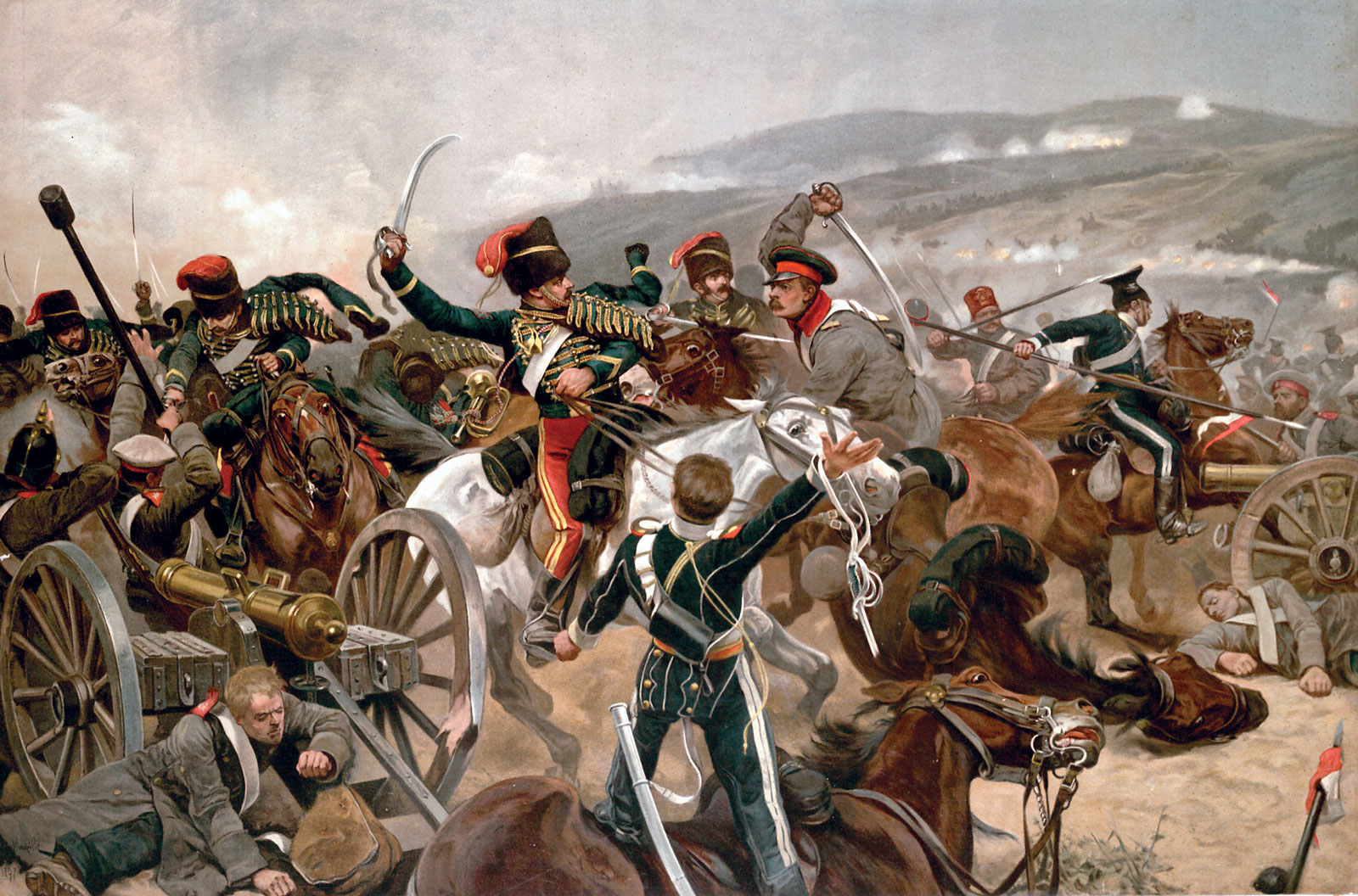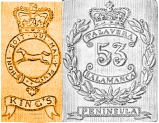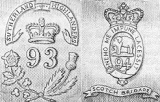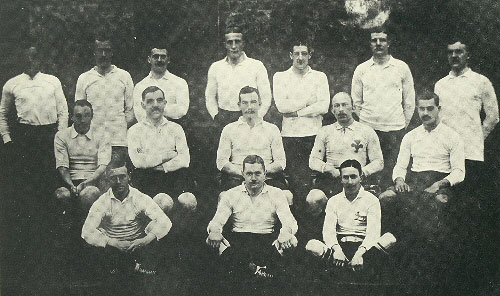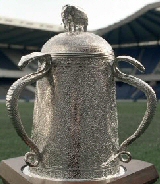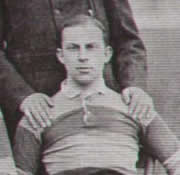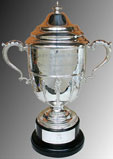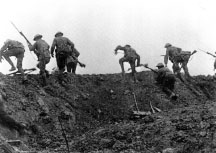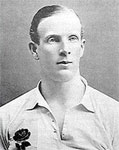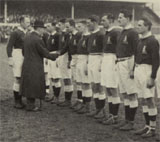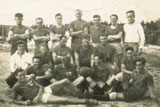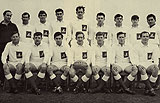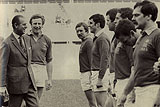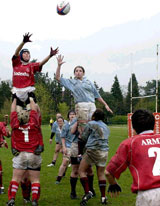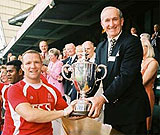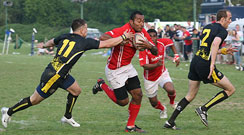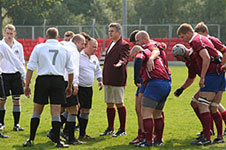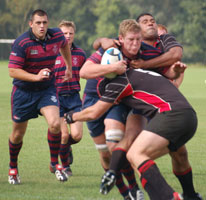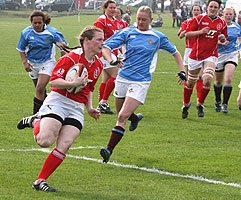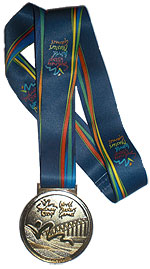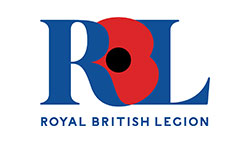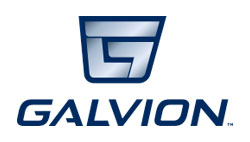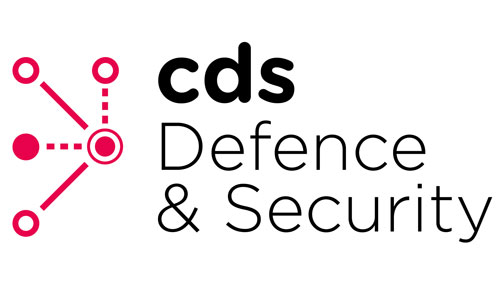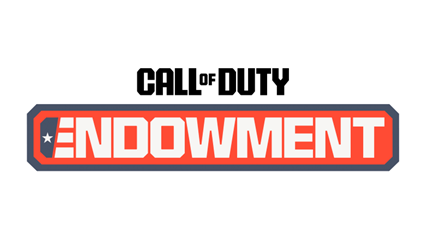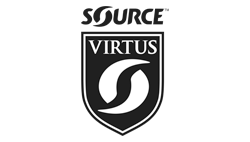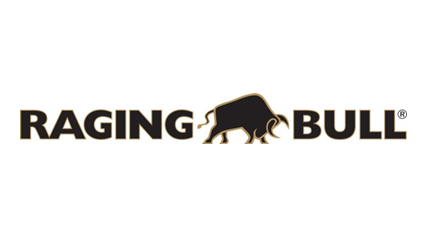There is a connection between the origins of rugby and the Army by virtue of the fact that William Webb Ellis (1806-1872), who is credited with inventing the game at Rugby School in 1823 when he showed a “fine disregard for the rules of football [soccer] … took the ball in his arms and ran with it, thus originating the distinctive feature of the Rugby game
James Ellis began his military career as an ensign in the 1st dragoon guards and served in Ireland in 1807. A year later he was posted to the regimental depot in Manchester, before proceeding to the Peninsular War in 1809. On 14 September 1809 he bought a commission in the 3rd dragoon guards for £735. He died in Albuera on 1 July 1812. His death left his family penniless, so William’s mother, Ann Webb, applied for a pension and was granted £10 for each child. William received free education at Rugby School and went on to win a place at Brasenose College, Oxford. After leaving Oxford, he entered the church. Between 1836-55 he was rector of St Clement Danes Church in the Strand, London (now the Central Church of the RAF), where the Royal Air Force Rugby Union (RAFRU) later erected a tablet to his memory. He never married and died at Menton, Alpes Maritimes, France, on 24 January 1872, unaware of his legacy to the game.
